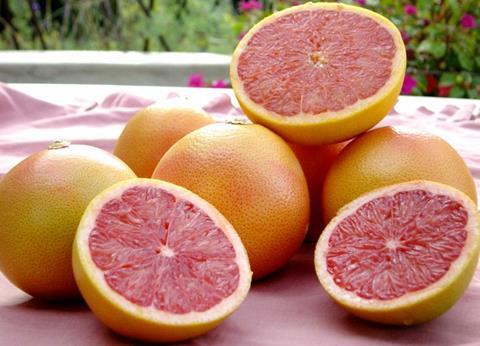Volumes shipped through the country’s ports have failed to reach early crop predictions
South Africa’s citrus industry has already seen a fairly dramatic decline in its original export forecast so far this season, with industry leaders assessing what will happen during the rest of the year.

The marketing groups of the South African Growers’ Association (CGA) are likely to meet this week to try and make sense of what is happening with the South African export crop which was previously predicted to be around 180m cartons this year.
This emerged during last week’s briefing by CGA executive Mitchell Brooke, which focused largely on the logistics chain and what is happening in the country’s ports.
Brooke told the briefing that the most asked question in the citrus industry was what is happening with the crop.
The CGA had already announced that the crop was likely to drop from around 182m cartons to just over 170m cartons. It is now likely that these figures will be further amended once the various marketing committees have consulted their constituencies.
“We know that the high juice prices are affecting the decisions of growers of what to export and we also had rain in parts of the country which will affect the crop,” it had said.
The grapefruit crop is now likely to be around 14.5m cartons, with more than 70 per cent of the crop already having been packed. Lemons are expected to decline from nearly 38m cartons to 36m cartons, and Navels from 25m cartons to 21.9m cartons.
With the late Mandarin crop barely having started, it is expected that volumes will be more or less on par with last year.
Brooke said that the throughput across the ports, particularly Durban, as well as coldstores in and around the city, had been slow.
This puts pressure on store operators to meet their targets and is also likely to cause the industry some embarrassment when trying to explain the pre-season hype.
It resulted in a host of urgent actions being undertaken to base enough containers in South Africa, upgrade port facilities and even convince shipping lines to employ additional services to South African ports to deal with the crop.
To put everything in perspective, the latest forecast is still above last year’s final figures, so all in all it is still a very big crop. The CGA has also already recorded that this season will fall short in most categories in terms of its long-term vision for production.
Recently the growers in the Western Cape warned that their naval exports to the US would be short of the demand expected in July. It is too early to say exactly what will happened with mandarin supplies later in the season.
This comes at a time when the South African fresh produce export industry is awaiting changes to the new government, which are expected to stem from the latest election results.
It is already certain that the country will have a new minister of agriculture and that the trade and industry cabinet minister’s seat will also be filled by a new incumbent.
The country is on edge as unity talks continued during the weekend with all parties laying claims to cabinet posts. It is unlikely that the new cabinet will be announced until later this week and in the meantime uncertainty will continue.
Initially the South African currency surged on the back of the prospects of new government in South Africa.
It, however, stabilised towards the end of last week and this likely to hold middle ground as investors are awaiting the outcome of the intense negotiations now underway in the country.



